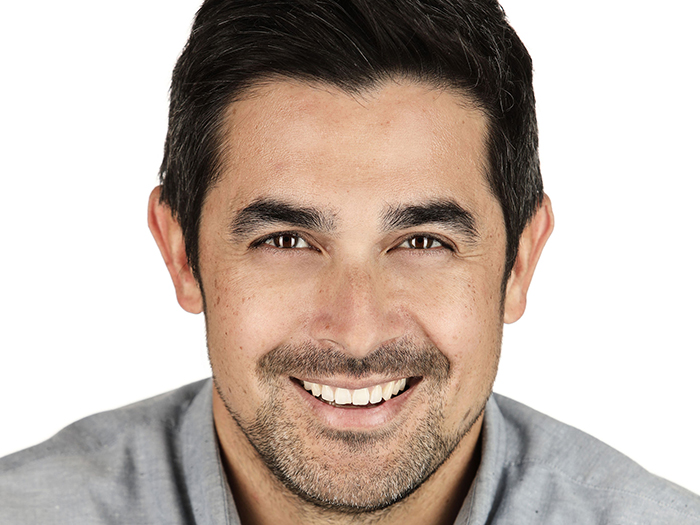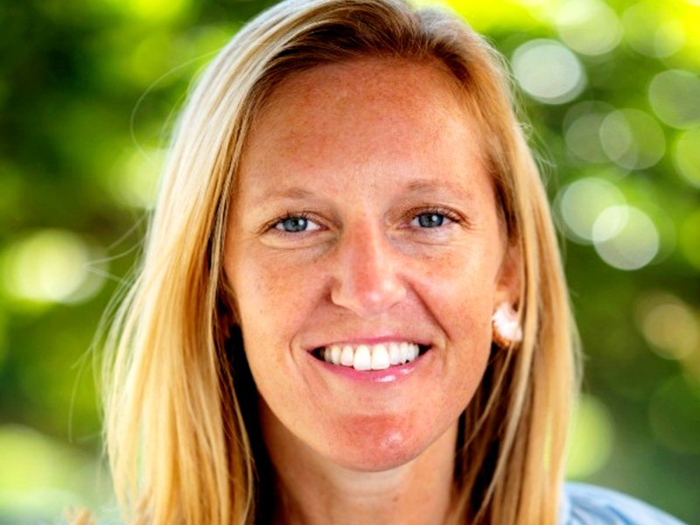How Data, Empathy, and VR Are Redefining Recovery for Injured Workers

The days of denying the presence of any mental health concern to avoid including it in a workers’ comp claim are in the past.
Progressive outcomes-based models are gaining traction across the industry, often referred to as “treating the whole person,” or more formally, the biopsychosocial model of care.
“Treating the whole person means embracing a comprehensive, human-centered approach to recovery, one that goes beyond simply addressing the physical injury. It acknowledges that healing is deeply influenced by mental health, emotional well-being, social connections, and the quality of workplace relationships,” said Carmen Sharp, senior vice president of claims at The Hanover.
What the Research Says
In several observational studies focusing on the effects of stress on wound healing after surgery, researchers found longer hospital stays among more anxious patients, and patients who had “more depressive symptoms at discharge had more infections and poorer wound healing in the following six weeks after surgery, compared to participants who reported less distress.”
The research team reported overall that “psychological stress can have a substantial and clinically relevant impact on wound repair. Physiological stress responses can directly influence wound healing processes. “Furthermore, psychological stress can indirectly modulate the repair process by promoting the adoption of health-damaging behaviors.”
Those health damaging behaviors will be well-known psychosocial factors to experienced adjusters, such as excessive drinking, smoking, and improper medication use. Data indicates that this is also true for the workers’ comp population.
A Canadian study assessing return-to-work after musculoskeletal injury found that “for pre-existing disorders, compared to men with no anxiety and no depression, men with anxiety only, depression only, and anxiety and depression had “lower probabilities of sustained return to work in adjusted models.” The results were similar for women except for a lower impact of anxiety only.
They further found that “among men and women, new onset disorders were associated with lower probability of sustained RTW [return-to-work] and the effect estimates were larger than for pre-existing disorders.”
Speaking about the demographics of workers’ compensation and the injured workers that typically enter the system from difficult physical jobs, Darrell Bruga, co-founder and CEO of Empatha, explained that the industry has finally figured out that the new treatment model acknowledges the whole person: “The folks we’re dealing with have challenging socioeconomic backgrounds, and have a lot of preexisting conditions that you can’t really ignore. You don’t have to accept it in the claim, but it’s certainly going to impact the way we’re able to help.”
“We’re moving beyond the idea that [psychosocial factors] might just be mentioned in a medical note somewhere, that someone might have had a concern or fear, the idea of digging into it and quantifying it, scaling it, and then having a number that says this is a mild, moderate, or significant issue,” said Brian Peers, SVP of clinical services at MedRisk.
“This isn’t an 8 out of 10. This is 77 out of 100 on the scale. Those types of things that we can do to quantify some of these mental health issues make it a little easier to manage and see if we’re making a difference in addressing that barrier.”
Do You Hear Me?
For his part, Robert Hall, corporate medical director with Optum, agreed. “I believe the most important part is hearing from the whole person hearing the whole person’s point of view and their experience,” he said.
“I still actively treat patients, and one of the most frustrating concerns or comments that I hear from patients routinely is that their providers are not listening to them and that they’re not hearing everything that they say. And that has to happen in order to treat the whole person. We’re not going to know that they are depressed unless we ask them.”
Upon implementing the biopsychosocial approach into their claims management models, many organizations have begun measuring their early intervention effectiveness as a key performance indicator. “On average, One Call contacts an injured worker within three hours of receiving a referral and secures an evaluation within 1.5 days,” said Brian Murphy, VP, physician product strategy & market development at One Call.
“Early physical therapy reduces the need for surgery and opioids and positively impacts the mental and emotional health of injured workers, restoring their confidence for recovery We have a team of full-time, licensed physical and occupational therapists who review cases and coordinate clinical care with all stakeholders.”
Jean Feldman, senior director of managed care at Sentry Insurance, explained that her organization has recently transformed its model, increasing training and ensuring that their staff can meet the needs of injured workers proactively.
Sentry began including psychosocial factors in their data analytics in 2022 and is also looking at more out of the box therapies, including VR.
“VR therapy has been used probably for the last 10 to 15 years with the VA, and it is an FDA approved, durable medical equipment. It does require a prescription, but this doesn’t mean we’re handing out a VR headset to every injured employee. We’re really trying to identify the right injured employee, where this can make a difference.”
Typically the therapy lasts 90 days and those early results, Feldman noted, “are also promising. They found a 24% reduction in anxiety and 17.5 percent improvement in sleep quality.”
Greg Larson, AVP of workers’ comp claims at Sentry, said the effort to train staff was the key, and that they had to shake loose old methods in some cases: “By changing the narrative a little bit and recognizing that we’re talking to a human being, we’re talking to a person just like you, just like me. How are you doing? How are you physically doing? How’s your family? Any questions about what’s going on? Those types of discussions… is a change for some adjusters.”
The Role of Data
Nearly all experts agree actionable data collection is key, as is freeing up adjusters to work claims on the interpersonal level.
Annette LaBarre, VP and director of workers’ comp claims at MSIG USA shared that her company’s tech acts as a “concierge model,” explaining, “[it is] able to remove those redundant administrative functions off of the adjuster’s desk, which allows them to then focus on the injured worker as a whole.”
Specifically, MSIG has seen success with a longstanding issue in workers’ comp- opioid use reduction.
“We have developed a drug diversion program to try to get injured workers off of those painkillers, off of opioids. And we have successfully been able to reduce opioid usage in our workers’ compensation program by 64%.And we’ve maintained that year over year for the last seven years.”
As the industry collects data on the effectiveness of outcomes for injured workers, one particular category looms large as the primary function of the system, return-to-work.
“From a subconscious aspect, many workers engaged in our programs will come to the realization that they should be able to return to work … These behavioral interventions have helped us achieve positive results for TPAS, carriers and large employers. Our strategy is to not only address the symptoms associated with a physical diagnosis or mental health claim but also an intervention that challenges an individual’s work disability mindset.”
Indeed, interventions that actively manage the transition to return to work, rather than passively expect a physical injury to heal on a set timeline that determines next steps, is part and parcel of the biopsychosocial model.
“Supporting a successful return to work means reassuring workers about the body’s natural ability to heal, helping them understand that ‘hurt’ is how pain feels, but ‘harm’ means real injury or damage, and setting clear, realistic expectations for recovery,” explained Murphy.
As treating the whole person becomes the norm and the models that only this to happen mature within the industry’s top companies, the bottom line is clear: workers’ comp treats humans, and humans are not so simple.
“As a registered nurse, I know mental and physical injuries are certainly deeply interconnected and one often complicates the other,” said Karen Thomas, vice president of clinical solutions at CorVel.
“Pain can certainly heighten stress, anxiety, depression, and conversely, untreated mental health issues can delay and impact physical recovery. You just can’t separate the two. That’s not how humans operate.” &










